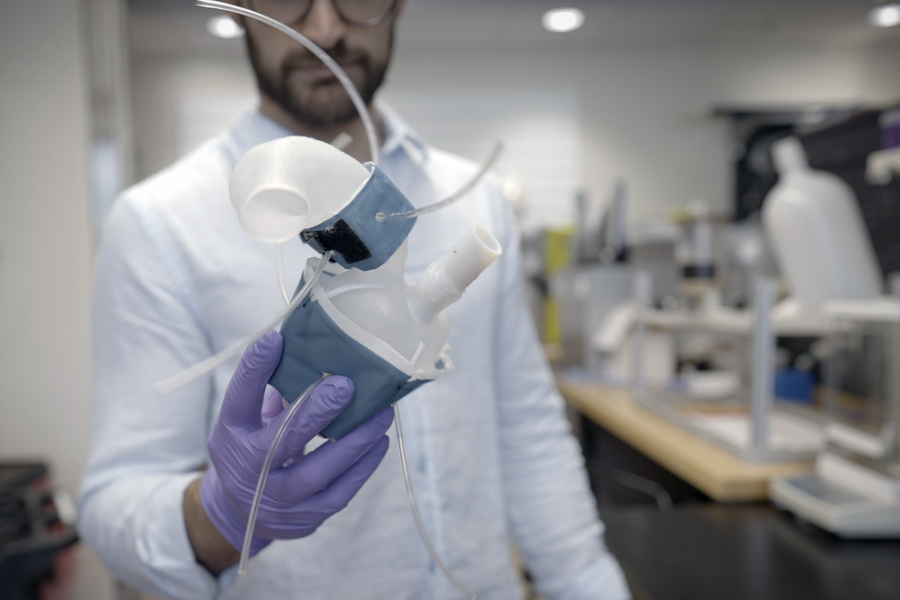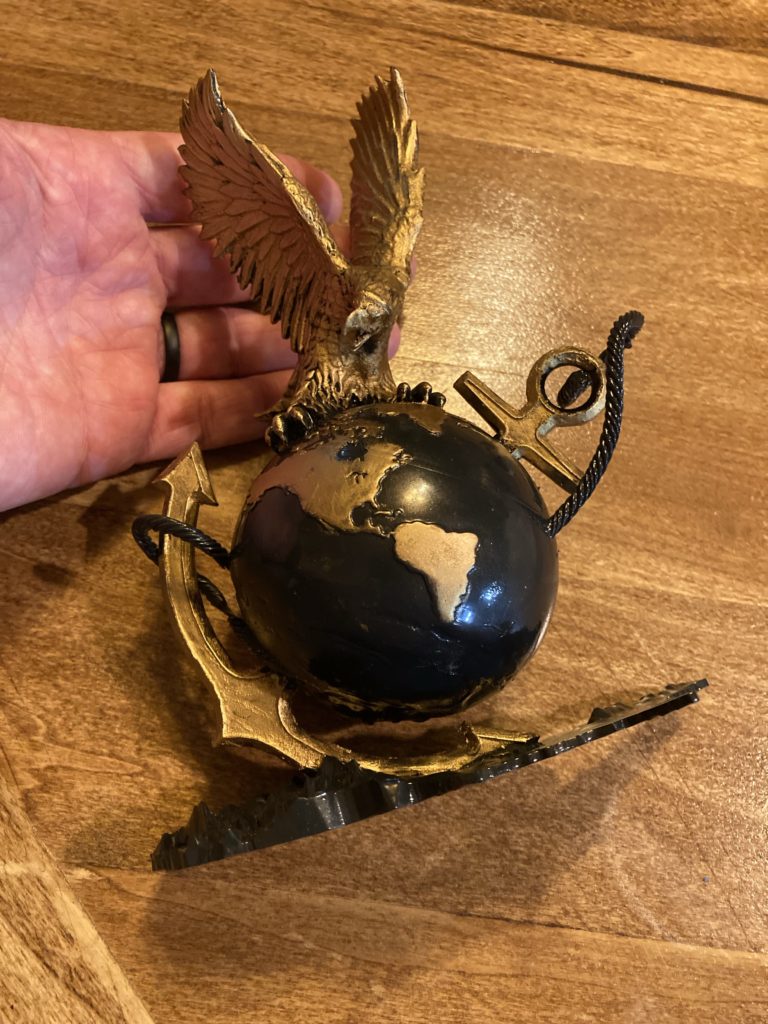I’m always fascinated with the medical industry. It amazes me how far we’ve come from leeches and bloodletting to the technology that is available today. Sickness and disease that would have been life ending in the past are able to be overcome and healed. Recently, 3d printing has taken the medical industry to the next level. Take a look.

- Prosthetics and human organs: 3D printing can create customized and functional prosthetics for people who have lost their limbs or other body parts. For example, a company called Open Bionics makes 3D printed bionic arms that are affordable and stylish. 3D printing can also create artificial organs that mimic the structure and function of natural ones. For example, researchers have 3D printed a mini heart with human cells that can beat and contract.
- Biomedical implants: 3D printing can create implants that are tailored to the patient’s anatomy and needs. For example, 3D printing can create dental crowns, bridges, and implants that fit perfectly and are durable. 3D printing can also create metal implants for bones, joints, and spine that are biocompatible and reduce the risk of infection.
- Pharmaceuticals: 3D printing can create personalized drugs that have the optimal dosage, shape, and release rate for each patient. For example, a company called FabRx makes 3D printed pills that can contain multiple drugs in one tablet. 3D printing can also create complex drug delivery systems that can target specific tissues or organs.


